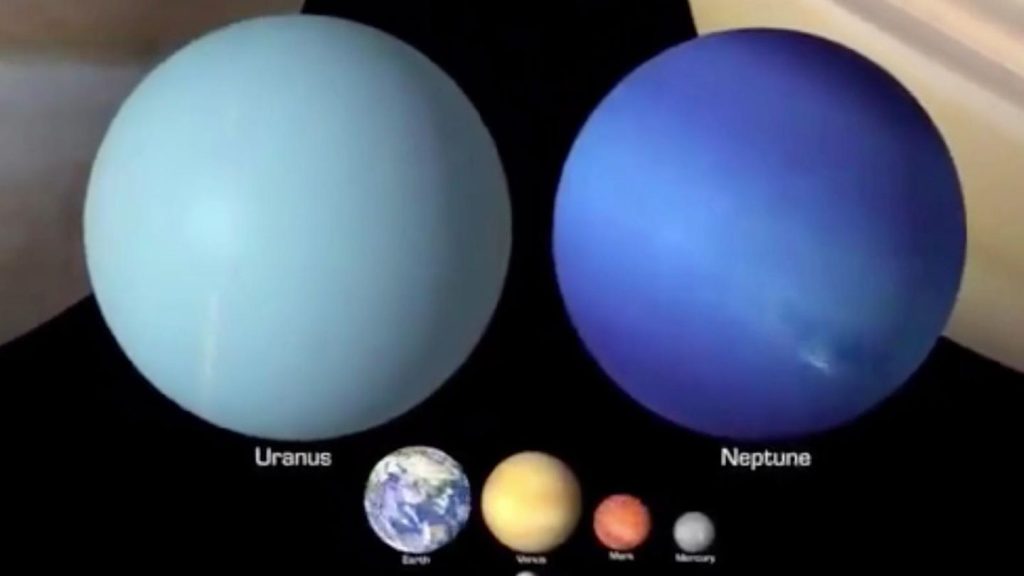Objects in our solar system not only have completely different sizes, but also move at different speeds. This animation by British astronomer James O’Donoghue shows how large the planets are and how fast they rotate with respect to each other.
The smallest celestial bodies include the Moon, Pluto, and Ceres, a dwarf planet that orbits the Sun in the asteroid belt between Mars and Jupiter.
Then come Mercury, Mars, Venus and Earth. While Mars and Earth rotate rapidly on their axes, Venus and Mercury move very slowly on their axis, Venus is the only planet that takes longer to orbit alone than to orbit the Sun.
It continues with the two blue ice giants Neptune and Uranus. But even these look like ping-pong balls versus the size of Saturn and Jupiter – the Earth is as small as a marble.
Compared to the Sun, the giant planets also shrink into small, manageable bodies. Earth can hardly be made compared to our star.

“Total coffee aficionado. Travel buff. Music ninja. Bacon nerd. Beeraholic.”








More Stories
Coral Seeding: Artificial Insemination Makes Coral More Heat Tolerant
Fear, Anger, and Denial: How People Respond to Climate Change – Research
LKH Graz: Using radiation to combat heart arrhythmias